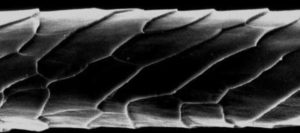Havelock Wool resists mold growth
Yes.
How does mold infiltrate our living spaces, and why does it thrive? The answer lies in moisture and humidity.
Mold spores begin to develop when they land on a surface that is both moist and conducive to their growth. Understanding mold proliferation hinges on the concept of humidity, which involves several key factors: water activity (the amount of available moisture for spores), the relative humidity in the air, and the moisture content of various materials. Insulation plays a vital role in this dynamic, acting as a barrier between the interior of your home and the external environment. Wool insulation offers a distinctive solution to these humidity challenges.
Water does not build up on the surface of wool
Mold cannot thrive on moisture that accumulates deep within insulation materials, making the moisture level on the surface critical. This is where the hydrophobic (water-repellent) properties of wool come into play. The outer layer of wool fibers is made up of overlapping cuticle cells that effectively repel water, preventing it from pooling on the surface. As a result, the conditions necessary for mold growth are significantly minimized.

Wool actively manages Relative Humidity
The interior structure of wool fibers is uniquely hygroscopic, which means they have an exceptional capacity to manage moisture. This allows water vapor to be absorbed into the fiber itself. Remarkably, wool can take in up to 33% of its own weight in water while still feeling dry to the touch. By trapping moisture within the fiber, wool effectively prevents mold spores from accessing it, thereby helping to regulate the relative humidity within your wall cavity.
Wool insulates really well, making an inhospitable environment for mold
As we’ve written before, there are a number of ways to accurately measure the insulative qualities of a material… it’s not just R Value. Because of the aforementioned qualities of wool, the stated R Value will persist with time. Degradation in R Value due to moisture buildup does not occur. So with a long-lasting insulation like wool, the temperature and relative humidity of your wall cavity and living space is more easily maintained. Along with that comes less opportunity for mold growth through issues like condensation.
The cumulative effect of wool insulation and less relative humidity makes for a tough place for mold to grow. Win-win.
Other than using Havelock Wool Insulation, how else can you prevent mold growth?
You will find a ton of research, tips, and ideas on the internet about maintaining a mold-free living space. In our years of insulating all types of structures, we’ve learned some basics to always keep in mind. As with most things in life, common sense prevails :
- Ventilate: a space that can breathe, can dry. Let the air flow!
- Keep it clean : whether it’s floors, gutters, drip pans or drainage lines, a clean space makes it harder for mold to grow.
- Minimize or eliminate leaks: vigilance required but keep an eye out for any water finding its way into your space
- Strongly consider placement of any vapor barriers; in a wall cavity is not suggested.
